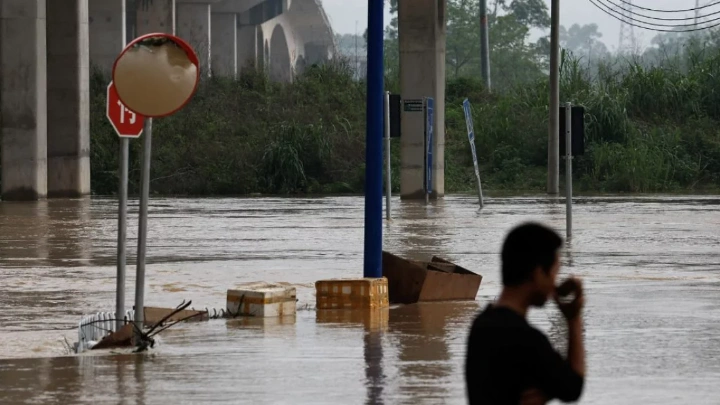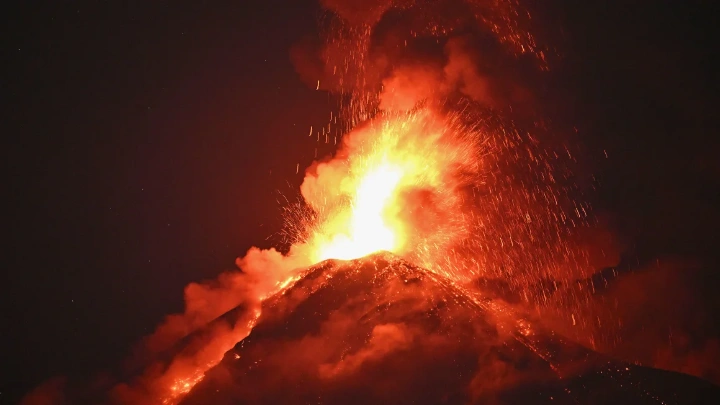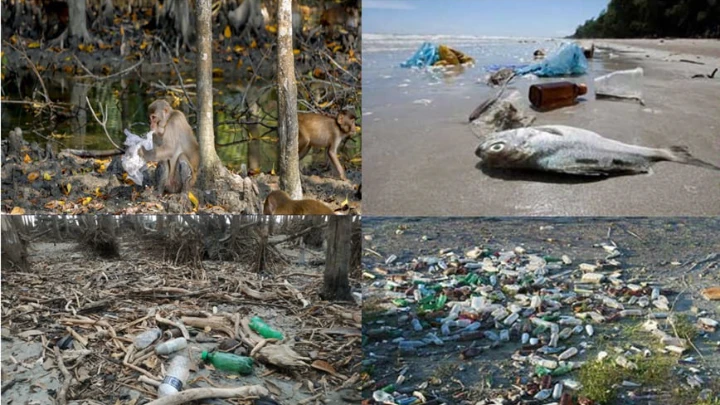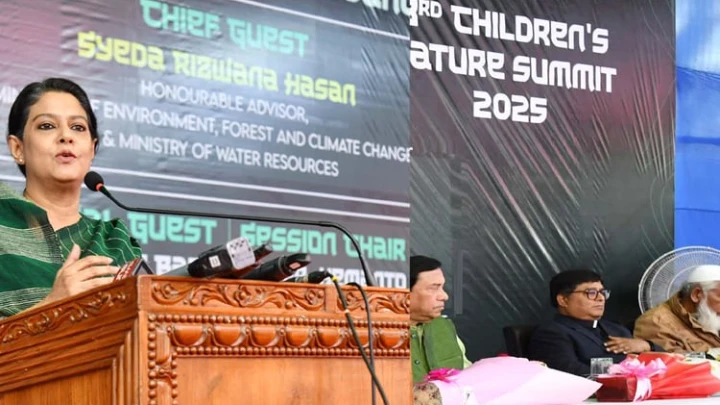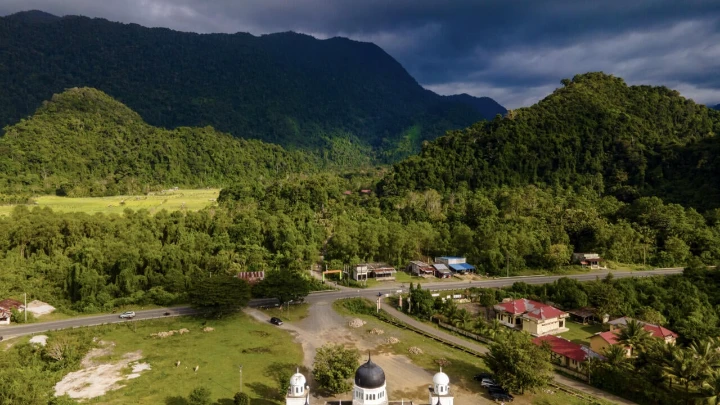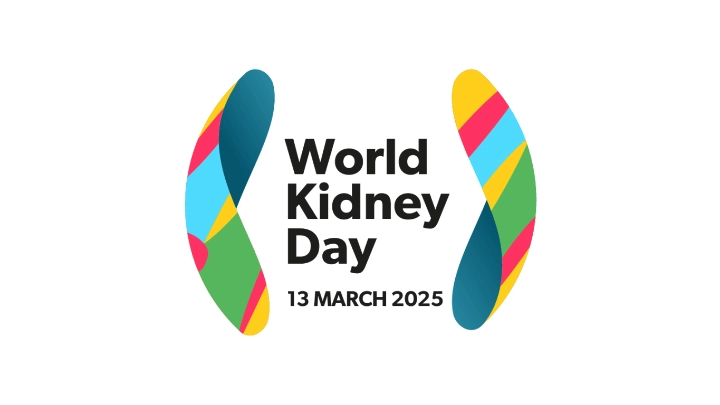UN: Asia worst hit from climate disasters in 2023
DW || Shining BD
Asia was most affected by climate and weather-related events in 2023, a United Nations report said on Tuesday, with floods and storms causing the most deaths and economic loss.
The “State of the Climate in Asia 2023” report released Tuesday by the World Meteorological Organization (WMO) said the “accelerating rate” of key climate change indicators will have “major repercussions for societies, economies and ecosystems.”
These indicators include average temperatures, precipitation levels, glacier retreat and sea level rise.
“The report’s conclusions are sobering,” said Celeste Saulo, Secretary-General of WMO.
“Climate change exacerbated the frequency and severity of such events, profoundly impacting societies, economies and, most importantly, human lives,” she said.
Flooding and storms
In 2023, a total of 79 water-related disasters were reported in Asia with more than 80% of these being floods and storms, which killed more than 2,000 people and affected another 9 million people directly.
“Floods were the leading cause of death in reported events in 2023 by a substantial margin,” the WMO said, noting the continuing high level of vulnerability of Asia to natural hazards.
The report comes as southern China experiences torrential rain and flooding, with over 100,000 people having been evacuated in the Pearl River Delta region. Chinese state media said the level of flooding is “seen around once a century.
High temperatures and melting glaciers
Temperatures across the world hit record highs last year, but Asia heated up at a particularly rapid pace, the WMO said.
According to the report, particularly high average temperatures were recorded from western Siberia to central Asia and from Eastern China to Japan.
Japan experienced its hottest summer on record. At the same time parts of China suffered a drought.
Most glaciers in Asia also melted at an accelerated rate, which affects water security. The High-Mountain Asia region, located on the Tibetan Plateau, contains the world’s largest volume of ice outside of the polar regions.
What can be done?
The WMO said there was an urgent need for national weather services across the region to improve tailored information to officials working on reducing disaster risks.
“It is imperative that our actions and strategies mirror the urgency of these times,” Saulo said.
As for measures to counter climate change, “Reducing greenhouse gas emissions and adapting to the evolving climate is not merely an option, but a fundamental necessity,” she added.
Shining BD

